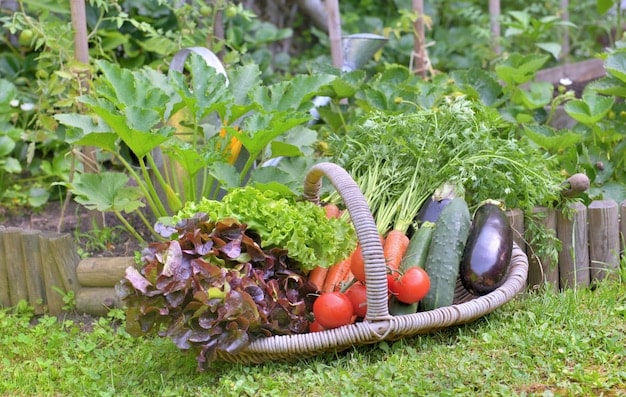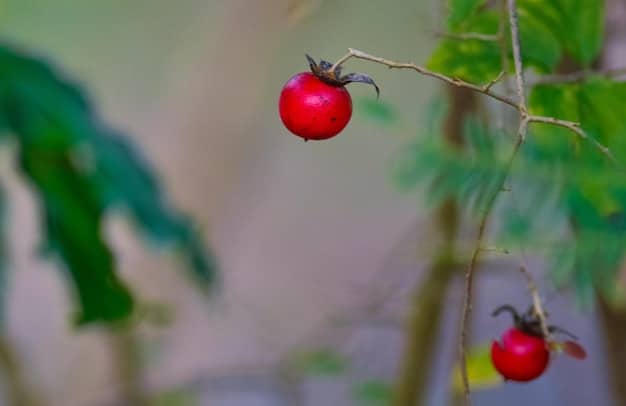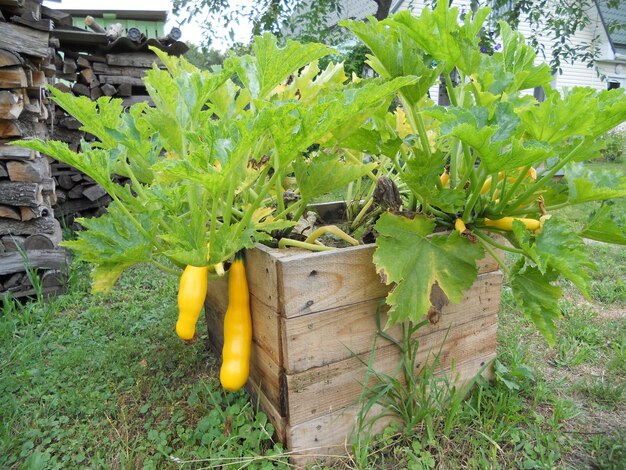Grow Your Own Food: Easy Crops for Your First Vegetable Garden

Grow your own food easily by starting a vegetable garden with crops like lettuce, tomatoes, and zucchini, providing a rewarding experience and fresh produce right at your doorstep.
Want to grow your own food but don’t know where to start? Creating a vegetable garden can be simpler than you think, especially when you choose easy-to-grow crops.
Starting Your First Vegetable Garden
Embarking on your first vegetable garden is an exciting venture. Knowing how to start will set you up for delicious success
To make your initial experience smooth and rewarding, focusing on the fundamentals of gardening is crucial. These include selecting the right location, preparing the soil, and choosing the right plants.
Choosing the Right Location
The location of your garden can dramatically affect the development of your crops. Most vegetables need a minimum of six hours of sunlight per day to flourish.
Preparing the Soil
Good soil is essential for healthy plant growth. Before planting, it’s important to test your soil’s pH levels and nutrient content. You can boost the soil by adding compost or other organic materials.
- Soil Testing: Regular soil tests help maintain nutrient balance.
- Composting: Enriches the soil with the nutrients plants need.
- Tilling or Digging: Loosens the soil, to allow roots to grow easily and promotes better drainage.
By focusing on these initial steps, you can create a stable and productive base for any vegetable plants to develop and flourish.
Easy-to-Grow Vegetables for Beginners

One of the best ways to guarantee a successful first garden is to begin with easy-to-grow vegetables. These crops are forgiving, tolerant of common beginner errors, and usually produce an abundant yield.
Here are some excellent selections for newbie gardeners:
- Lettuce: Known for its rapid growth, lettuce can be harvested in just a few weeks.
- Tomatoes: Tomatoes can be grown in a variety of spaces, given proper support and sunshine.
- Zucchini: This prolific producer is known for producing a surplus of crops!
Tips for Success
Starting with easy vegetables not only boosts your confidence but also provides a constant supply of fresh veggies. It’s a great way to gain experience and learn about different plants.
Growing Leafy Greens: Lettuce and Spinach
Leafy greens are perfect for starting your vegetable garden, as they are fast-growing and require minimal maintenance.
Lettuce and spinach can be harvested multiple times, which makes them a great option for ongoing yield. These crops can be planted in early spring or late summer
Here are some tips to make sure optimum growth of leafy greens:
- Planting Seeds: Sow seeds directly into the soil or start them indoors for a head start.
- Watering: Water the greens regularly to keep the soil consistently moist.
- Harvesting: Pick outer leaves as needed.
With proper care, lettuce and spinach can provide new homegrown salads well into the growing season.
Cultivating Tomatoes: A Beginner’s Guide

Tomatoes are a garden favorite which can be quite gratifying. Even though they need a bit attention than lettuce or spinach, the taste of tomatoes is unmatched.
Here’s how you can grow great tomatoes:
First, pick a spot with lots of sun—at least six hours per day. Prepare the soil by adding compost to ensure it’s rich in nutrients. When planting, bury two-thirds of the stem to encourage stronger root growth. Use stakes or cages to support the plants as they grow.
Essential Tomato Care
Consistent watering is crucial, particularly when the fruits are developing. Regularly check for pests and diseases.
Growing tomatoes can be a hugely rewarding experience, and there’s nothing like enjoying a sun-ripened tomato straight from your garden.
Harvesting Zucchini: Tips and Tricks
Zucchini is known for its abundance and is great for novice gardeners.
Zucchini grows at a fast pace and delivers lots of produce, typically more than one family can use. It is important not to let your zucchini grow too large before harvesting.
- Starting Seeds: Plant seeds directly in the ground after the last frost.
- Watering: Water frequently
- Harvesting: Harvest when the zucchini is small.
Growing zucchini is a fun and simple way to add fresh vegetables to your garden and meals.
Maintaining Your Vegetable Garden
Once your vegetable garden is planted, care and maintenance are key for a bountiful harvest. A routine maintenance schedule ensures your plants stay healthy!
Regular watering helps in maintaining soil moisture, while weeding will help in preventing competition for nutrients. Mulching helps preserve soil moisture and prevents weed growth.
Dealing with Pests and Diseases
Pests and diseases can pose challenges, however early detection could help alleviate the issues. Introduce gardening methods that are eco friendly.
Continuous Planting
To ensure a constant supply of crops, consider succession planting, where you plant new seeds or seedlings every few weeks. This approach is particularly beneficial for quick-growing crops like lettuce and radishes.
By focusing on regular maintenance and proactive prevention, you can ensure a thriving vegetable garden throughout the growing season.
| Key Point | Brief Description |
|---|---|
| 🌱 Soil Preparation | Enrich soil with compost for nutrient-rich plants. |
| ☀️ Sunlight | Ensure at least 6 hours of sunlight daily. |
| 🥬 Easy Crops | Start with lettuce, tomatoes, and zucchini for quick results. |
| 💧 Regular Watering | Maintain consistent soil moisture for healthy growth. |
Frequently Asked Questions
▼
The right time to start depends on your location and local weather patterns. Typically, early spring, after the last frost, is an ideal time to start. This allows plants to take advantage of the growing season.
▼
The space needed varies depending on what you plan to grow. A small 4×4 foot plot can be sufficient for beginners. You could plant a variety of herbs and some vegetables such as lettuce, spinach and tomatoes.
▼
One of the best things to do is monitor your crops regularly. Eco-friendly pest management system can include introducing beneficial insects or using organic pesticides. These are less harmful to the environment!
▼
Watering frequency depends on weather conditions and soil type. Make sure that your soil remains consistently moist. You can also test your soil: if it feels dry to the touch, you should definitely add water!
▼
Some very easy vegetables that can be grown from seed include radishes, lettuce, spinach, beans, and peas. All of these vegetables germinate easily. These can make first time gardening attempts successful!
Conclusion
Starting your own vegetable garden can be a fulfilling experience, filled with the joys of growing your own food. By choosing easy-to-grow crops. Following the insights provided in this guide can help with a successful harvest. Embrace the opportunity to grow your own food and savor the flavors of your garden.





